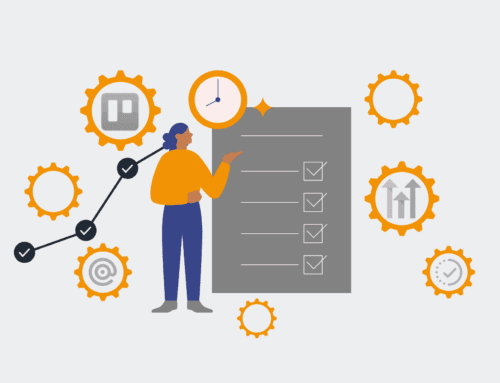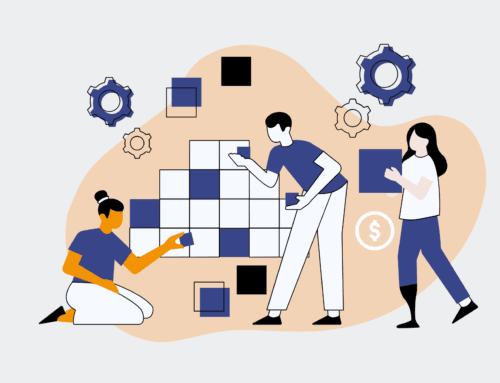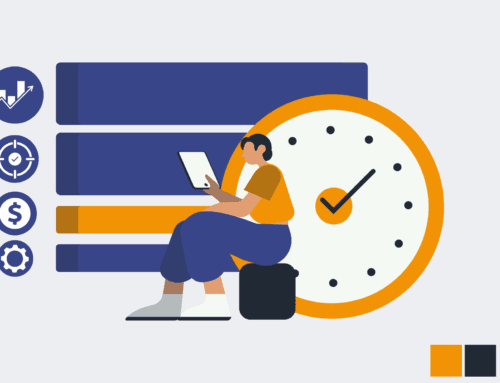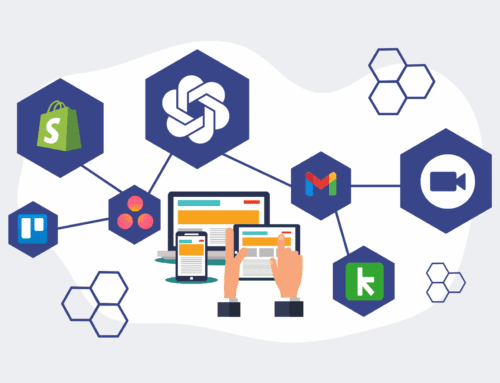How to Train Your HR Team to Effectively Use New AI Tools and Drive Adoption
The integration of AI into Human Resources is no longer a futuristic concept; it’s a present-day imperative for competitive organizations. Equipping your HR team with the knowledge and skills to leverage these powerful tools effectively is crucial for driving efficiency, enhancing candidate and employee experiences, and freeing up valuable human capital for strategic initiatives. This guide provides a structured approach to not just introducing AI tools, but ensuring robust adoption and measurable impact within your HR department.
Step 1: Conduct a Needs Assessment and Define Clear Objectives
Before implementing any new technology, it’s essential to understand where your HR team currently faces challenges that AI can realistically address. Begin by surveying your team and analyzing existing workflows to identify bottlenecks, repetitive tasks, and areas where data analysis is lacking. Common pain points include resume screening, candidate communication, onboarding documentation, and performance review aggregation. Once identified, establish clear, measurable objectives for AI integration. These objectives should align with broader business goals, such as “reduce time-to-hire by 15% using AI-powered sourcing” or “automate 50% of initial candidate outreach.” This initial assessment ensures that AI solutions are purpose-driven and will yield tangible benefits, garnering early buy-in from your team.
Step 2: Curate and Pilot User-Friendly AI Tools
The market is flooded with AI solutions, so careful curation is key. Focus on tools that offer intuitive interfaces, integrate well with existing HR tech stacks (like ATS or HRIS), and align with your defined objectives. Start with a small pilot program involving a diverse group of HR professionals – from recruiters to HR generalists. This pilot phase is critical for identifying potential user experience issues, gathering feedback in a controlled environment, and demonstrating initial successes. Tools that simplify tasks like automated interview scheduling, AI-powered resume parsing, or sentiment analysis for employee feedback can be excellent starting points. Ensure the selected tools genuinely augment human capabilities rather than replace them, fostering a collaborative approach to AI adoption.
Step 3: Develop Comprehensive Training Programs and Resources
Effective training is the cornerstone of successful AI adoption. Design a multi-faceted training program that covers both the technical usage of the new tools and the strategic implications of AI in HR. Include hands-on workshops, interactive tutorials, and real-world case studies relevant to your HR operations. Emphasize how AI can free up time for more strategic, human-centric tasks, rather than posing a threat. Provide accessible resources such as quick-start guides, FAQs, and a dedicated internal support channel. Ongoing training, including advanced sessions and refreshers, will ensure your team remains proficient and adapts to updates, fostering continuous learning and skill development within the department.
Step 4: Foster a Culture of Experimentation and Continuous Learning
Successful AI adoption isn’t a one-time event; it’s an ongoing journey. Encourage your HR team to experiment with the new AI tools, explore their full capabilities, and identify novel applications within their daily roles. Create a safe space for questions, feedback, and even failure, positioning it as a learning opportunity. Regular forums or “AI Lunch & Learns” can facilitate knowledge sharing, allowing team members to showcase how they’re using AI to solve specific problems or enhance efficiency. Celebrate early successes, no matter how small, to build momentum and reinforce the positive impact of AI. This approach transforms AI from a directive into an empowering tool for innovation.
Step 5: Establish Performance Metrics and Feedback Loops
To ensure AI tools are truly driving adoption and delivering value, it’s crucial to establish clear performance metrics. These might include time saved on administrative tasks, improvement in candidate quality, reduced time-to-hire, or increased employee engagement scores. Regularly collect data and analyze the impact of AI on these metrics. Implement consistent feedback loops, perhaps through monthly check-ins or anonymous surveys, to understand user experience and identify areas for improvement or further training. This data-driven approach allows you to continuously refine your AI strategy, optimize tool usage, and demonstrate tangible ROI to stakeholders, solidifying AI’s role as a strategic asset for your HR department.
Step 6: Integrate AI into HR Policies and Workflows
For AI to truly become ingrained in your HR operations, it must be formally integrated into existing policies and standard operating procedures. This includes updating workflow documentation to reflect the new AI-powered processes, establishing guidelines for responsible AI usage, and addressing ethical considerations such as data privacy and bias mitigation. Ensure that your HR team understands the legal and ethical frameworks surrounding AI in HR, including compliance with GDPR, CCPA, and similar regulations. By embedding AI into the very fabric of how HR operates, you create a sustainable model for adoption that goes beyond initial training, ensuring long-term proficiency and strategic alignment across the organization.
If you would like to read more, we recommend this article: Mastering AI in HR: Your 7-Step Guide to Strategic Transformation









